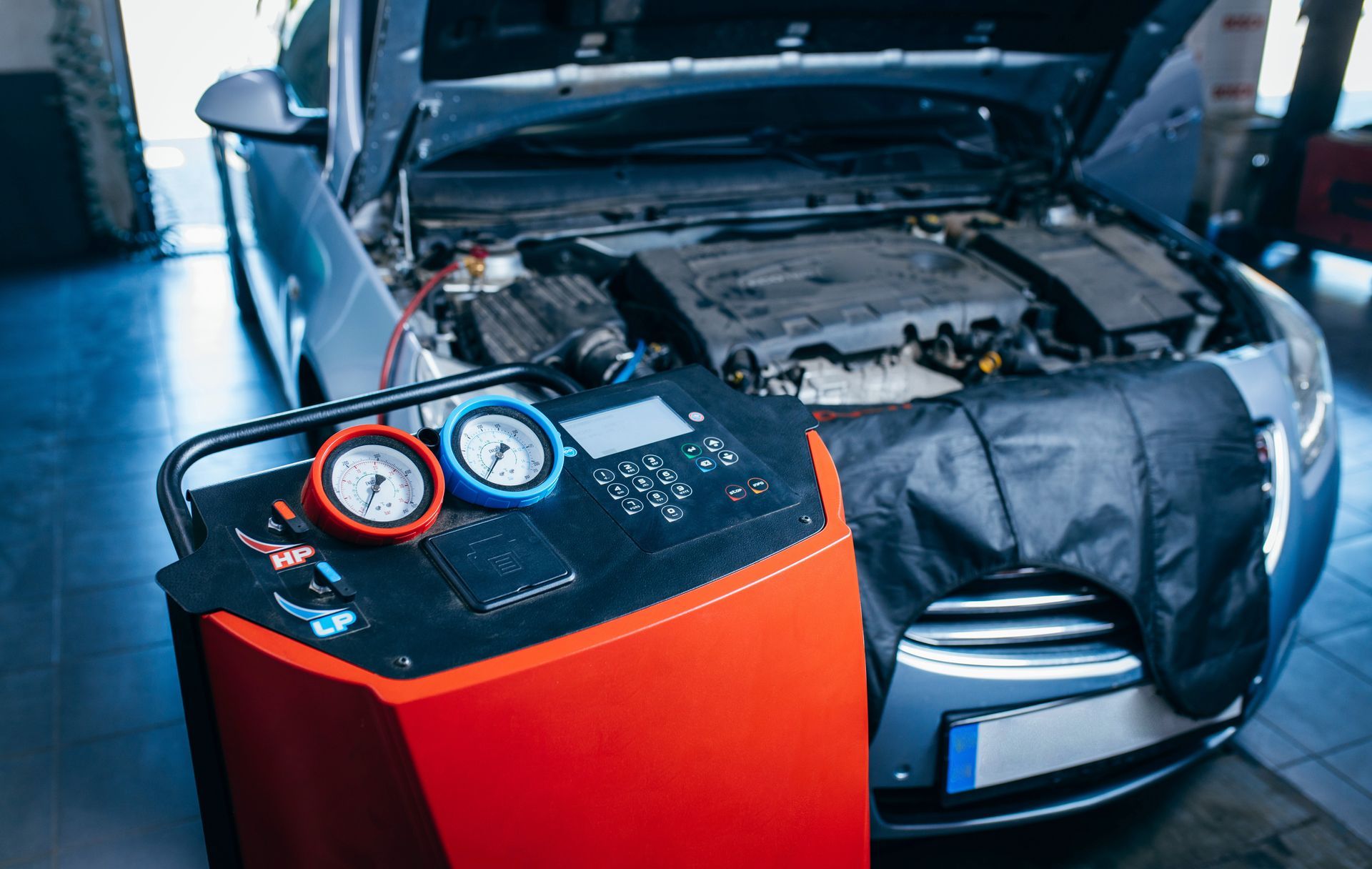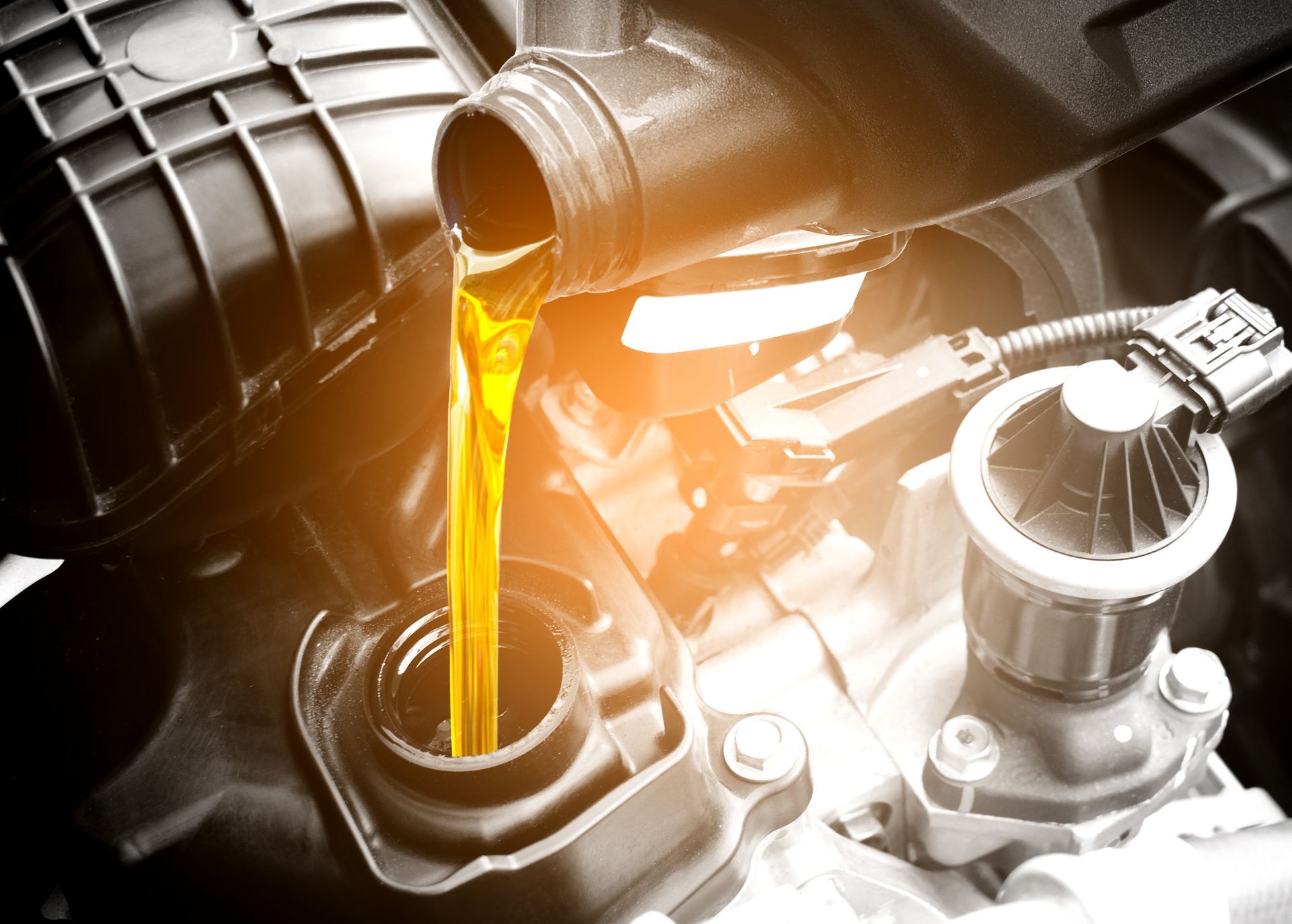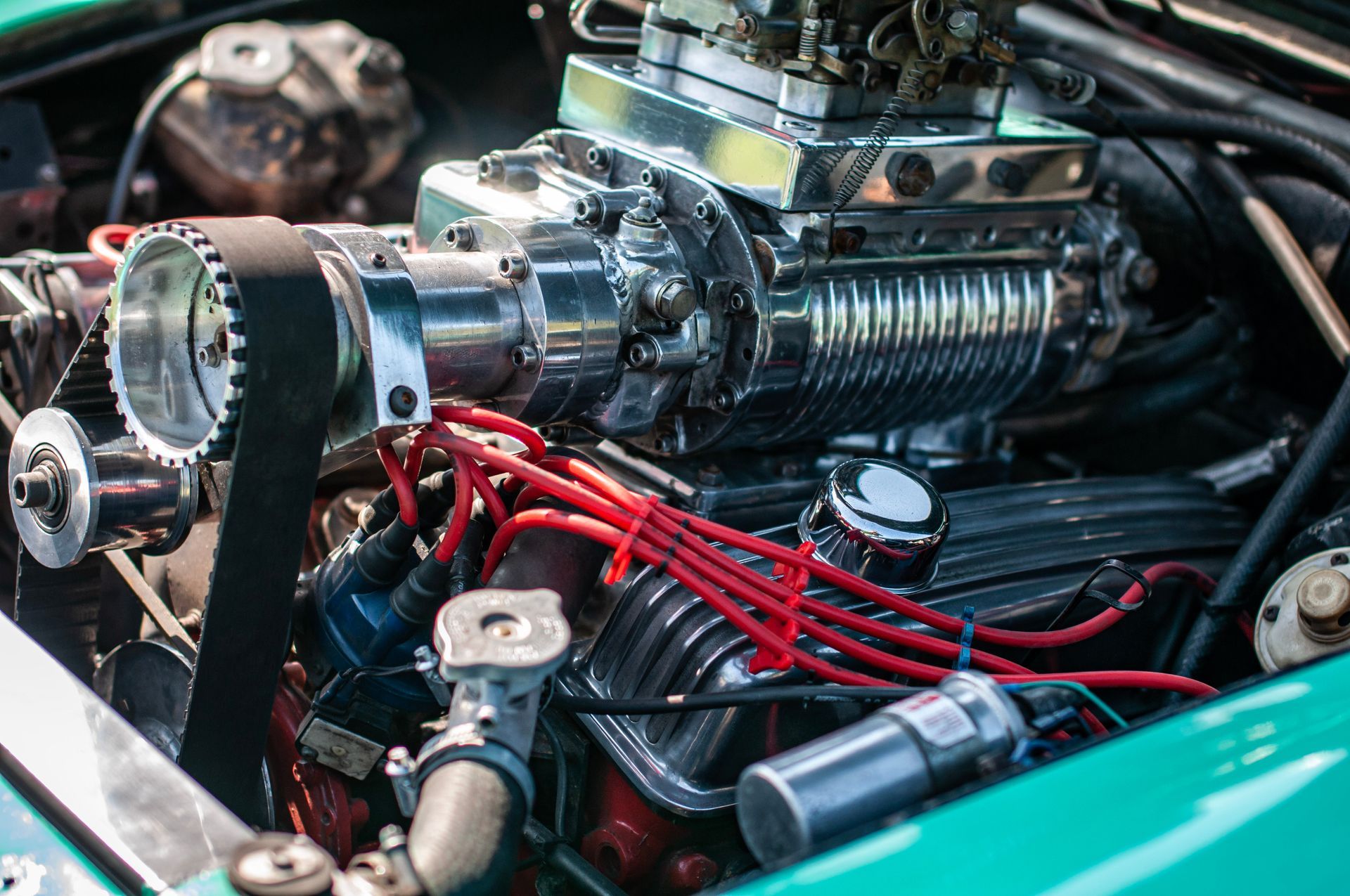BRAKE PAD REPLACEMENT: A COMPREHENSIVE GUIDE
Introduction:When it comes to stopping a vehicle, the brake pads play a crucial role. They are the friction material that is pressed against the spinning discs, known as rotors, which are connected to the wheels. Over time, brake pads wear down and require replacement. The lifespan of the pads depends on various factors such as driving conditions, driving style, and the type of pads used.
Checking Brake Pad Thickness:
The brake pads are housed within the brake calipers, which often feature an inspection hole on top. This hole allows you to assess the thickness of the pads on both sides of the rotor. While some vehicles with aluminum-alloy wheels allow for outer pad inspection without wheel removal, most cases will require jacking up the car and removing the wheels to examine the pads thoroughly.
Determining Replacement Time:
Mechanics follow different guidelines to determine when brake pads should be replaced. New pads typically measure between 3/8 to 1/2 inch in thickness, depending on the vehicle. Some repair shops suggest replacing pads when they reach approximately 1/4 inch, while others advise replacement at 1/8 inch or when only 20 to 25 percent of the original thickness remains. It is essential to avoid letting the thickness become too low, as it can lead to the metal backing plate pressing against the rotor, resulting in irreparable damage.
Measuring Brake Pad Thickness:
Mechanics traditionally measure brake pad thickness using rulers or specialized tools designed for this purpose. Additionally, a useful method involves having new, identical replacement pads available for a side-by-side comparison.
Considerations Beyond Pad Thickness:
While pad thickness is a critical factor for driving safety, it is not the sole concern when it comes to brake maintenance. A reputable repair shop will also assess the thickness of the rotors and check for even wear on both the pads and rotors. Uneven pad wear can be caused by sticking caliper slides or pins, indicating the need for cleaning, lubrication, or replacement of the calipers. In such cases, merely replacing the pads will not address all the underlying issues.
Conclusion:
Proper maintenance of brake pads is essential for safe driving. Regularly checking the pad thickness, inspecting the rotors, and addressing any uneven wear are crucial steps in ensuring optimal braking performance. Consulting with a professional mechanic will provide accurate guidance on when to replace brake pads and whether additional repairs are necessary. By prioritizing brake maintenance, you can enhance both your vehicle’s safety and your peace of mind on the road.









